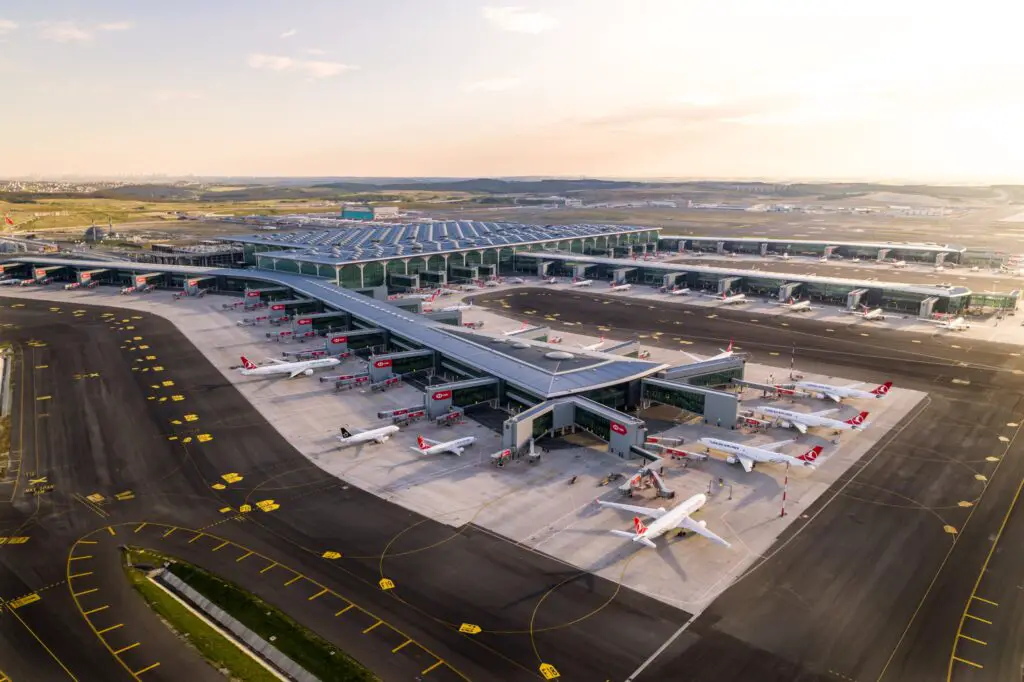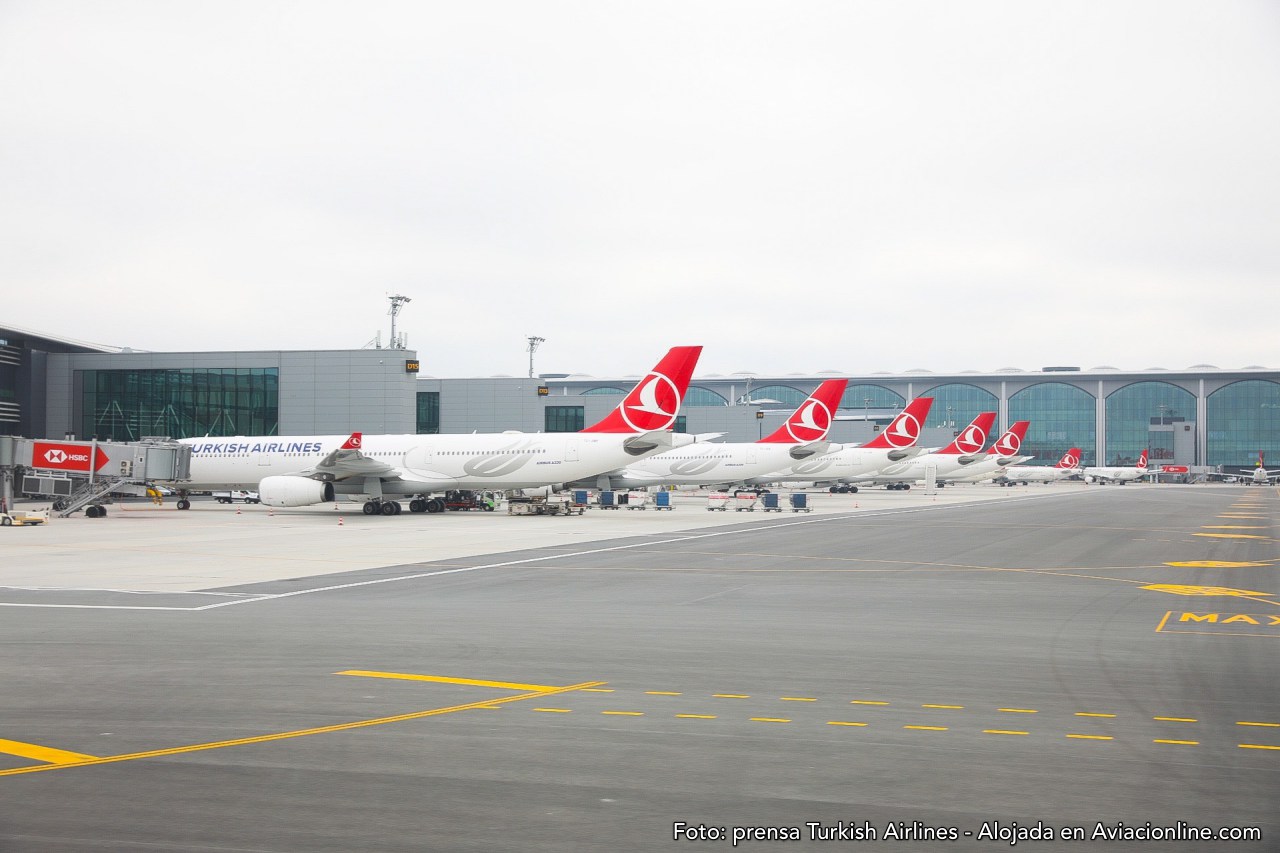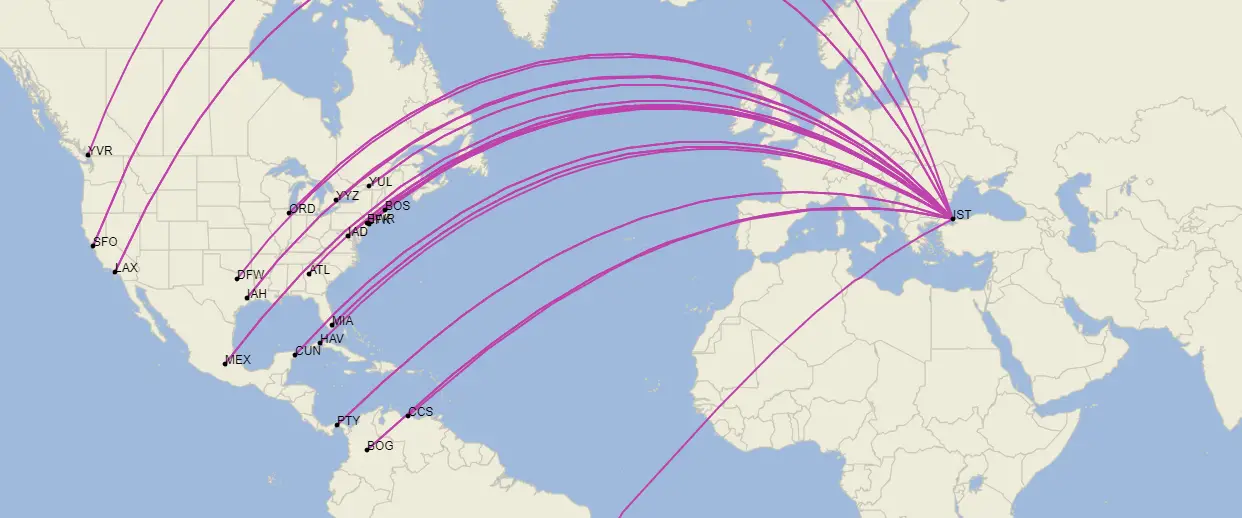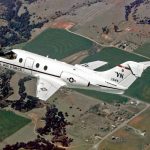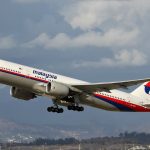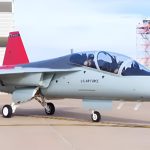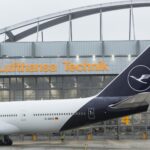Russia has been almost isolated from Western countries due to the closure of airspace and sanctions imposed on Russian airlines and companies; reciprocally, the Eurasian country imposed the same restrictions on the countries that have sanctioned it. Nevertheless, the international market is maintained mainly thanks to the enormous flow of connections with Turkey.
38 countries, mostly in Europe, Canada, and the United States, have banned the use of Russian airlines’ airspace as part of sanctions packages.
In total, that represents a 29.2% drop in international seat supply for Russia. The country remains connected to Asia, Africa, and the Middle East.
But, in the face of the connectivity crisis unleashed by the war between Russia and Ukraine, Turkey has quickly become the most used connecting route into or out of the Eurasian giant, thanks to the significant number of flights.
According to data obtained by Aviacionline through Cirium, Turkey is Russia’s main international market, accounting for 17.25% of flights and 18.3% of seat supply. It is a popular destination for Russian tourists, moving around 6 million travelers annually.
The United Arab Emirates is the second country with the second-largest seat supply with Russia, accounting for 13%, although it has less connectivity with America and Europe compared to Turkey.
In addition, Russia closed twelve airports in the Southeast (Rostov-on-Don (Platov), Krasnodar (Pashkovsky), Anapa (Vityazevo), Gelendzhik, Elista, Stavropol, Belgorod, Bryansk, Oriol, Kursk, Voronezh, and Simferopol), and the closure of the air space around them further reduced access and exit routes to the country.
Turkish Airlines, an important link for Russia
Turkey did not give any indication, nor did it put an eventual airspace closure on the table. In view of this, and taking advantage of the situation, Turkish Airlines modified a large part of its schedule, increasing the number of flights and the number of seats available.
The company suspended flights to two Russian airports, Krasnodar and Rostov-on Don, in accordance with Russian restrictions. But it maintains flights to Moscow/Vnukovo (VKO), St. Petersburg (LED), Kazan (KZN), Sochi (AER), and Yekaterinburg (SVX). Usually, these destinations are operated by Airbus A320/A321 and Boeing 737.
In recent days, these destinations have increased their frequencies and replaced the aircraft with Airbus A330s, Boeing 787s and Boeing 777s.
The schedule is as follows:
- Moscow/Vnukovo (VKO), maintains the five daily flights but removes Airbus A321s from its schedule, and the route is operated on Boeing 777-300ER, Airbus A330-300, and Boeing 787-9.
- St. Petersburg (LED); increases from fourteen to eighteen weekly flights; will be operated on Airbus A321ceo and Boeing 737-900ER, but some flights are scheduled with Boeing 777-300ER and Airbus A330-300.
- Kazan (KZN); increases from three to seven weekly flights; will be operated on Airbus A321ceo and Boeing 737-900ER.
- Sochi (AER); maintains its four weekly flights on Boeing 737-900ER.
- Ekaterinburg (SVX); increases from one to two weekly flights, replaces Airbus A319 with Airbus A321.
The Turkish airline is one of the companies with the widest range of destinations worldwide. Taking into account its enormous presence in America and Europe, it is understandable the importance it has given to Russia once this country was sanctioned.
Other companies, such as Flydubai, Emirates, and Qatar Airways, have not made any changes to their flights to Russia, maintaining the same frequencies.
See also: Russia: government moves on nationalizing commercial aviation by decree

